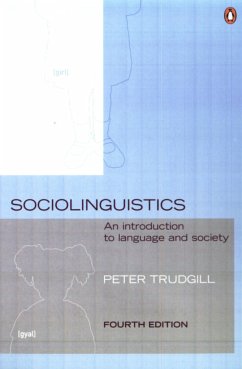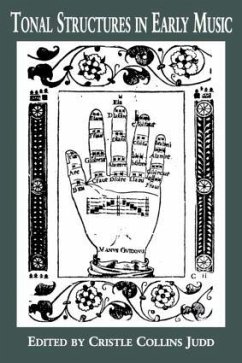
Using Tonal Data to Recover Japanese Language History
Versandkostenfrei!
Versandfertig in über 4 Wochen
99,99 €
inkl. MwSt.

PAYBACK Punkte
50 °P sammeln!
This book challenges several assumptions commonly encountered in Japanese dialectology: that the pitch-accent analysis of modern Tokyo Japanese is an appropriate basis for describing the suprasegmental phonology of other dialects and earlier stages of Japanese; that the Kyoto-type dialects have been more conservative than dialects to their east and west; that the first split in proto-Japanese was the separation of proto-Ryukyuan; and so on. De Boer brings together evidence from recent fieldwork, premodern texts, and other sources to establish a theory of dialect divergence that avoids the prob...
This book challenges several assumptions commonly encountered in Japanese dialectology: that the pitch-accent analysis of modern Tokyo Japanese is an appropriate basis for describing the suprasegmental phonology of other dialects and earlier stages of Japanese; that the Kyoto-type dialects have been more conservative than dialects to their east and west; that the first split in proto-Japanese was the separation of proto-Ryukyuan; and so on. De Boer brings together evidence from recent fieldwork, premodern texts, and other sources to establish a theory of dialect divergence that avoids the problems these assumptions entail. Building on De Boer 2010, this book brings the author's theory up to date with research published in the interim, explains why Japanese is best understood as a restricted tone language, and why mergers in the large tone classes of nouns and verbs are especially reliable markers of dialect divergence.












